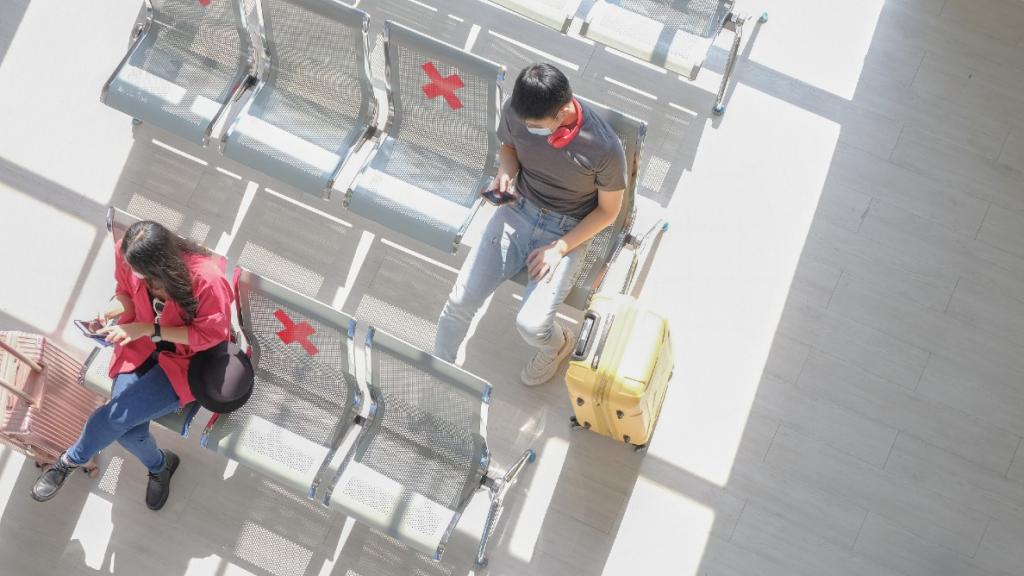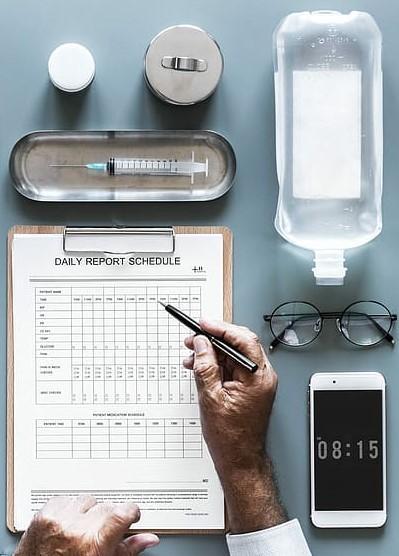INSIGHTS
COVID-19 travel rules: What do you need to know?

Travel coming out of the COVID-19 pandemic is getting easier. Testing and forms are still in place for travel to some countries. Here's our simple guide.
Due to the developing global situation, rules and entry requirements are constantly changing. Please make sure you check our newly updated COVID Travel Hub to access the very latest information.
This blog was updated 8th June 2022.

LEAVING THE UK
1. Check the entry guidelines of the country you are travelling to. To enter the country you may need to fill out a form or take COVID tests. Visit our COVID-19 Travel Map or the government’s Foreign Office website.
2. Book your COVID tests. We recommend these suppliers.
3. Check airline-specific requirements for boarding. You might need to upload documents to the airline's website or need to download a mobile app.
4. Re-check FCDO travel advice and that you have the right documents and mobile apps.
If you're unsure, talk to your travel team.
RETURNING TO THE UK
All travellers arriving to the UK no longer need to take a COVID test or fill in any COVID-related forms. Masks are no longer required at airports, or on flights entering the UK.

5 essential tips for stress-free tests
1. Order early
COVID-19 tests themselves have a long expiry date (ranging from 30 days to six months depending on the test type). Even though you probably must take the test 72-96 hours before departure, you can order it in advance to make the process as seamless as possible.
2. Check your results format
Some countries require a printed negative test, whereas others will accept an email or in-app result.
3. Check your timings
As frustrating as it is, countries’ rules all vary slightly, so make sure you are taking the test within the time frame they require, and you are giving the lab enough time to process the result before you fly.
4. Read the test instructions
All the providers we work with give very clear instructions, but it’s important they are followed exactly.
5. Print documents
Have paper copies of necessary documents such as test certificates and Passenger Locator Forms, in case your battery runs out or you have poor internet connection.